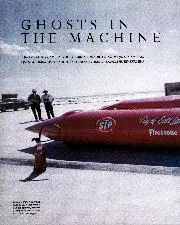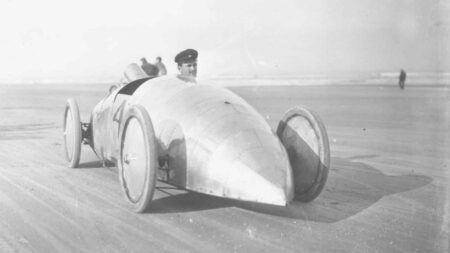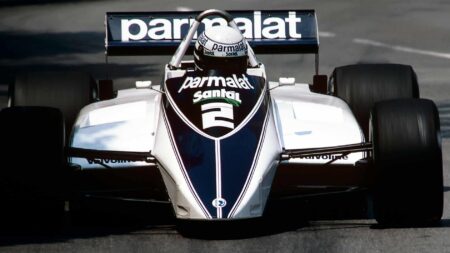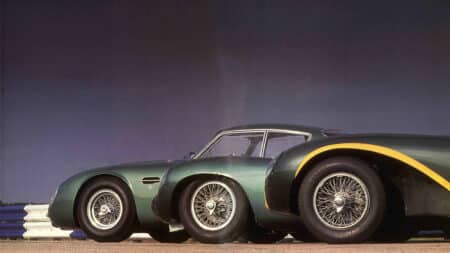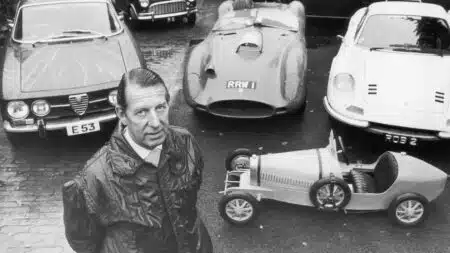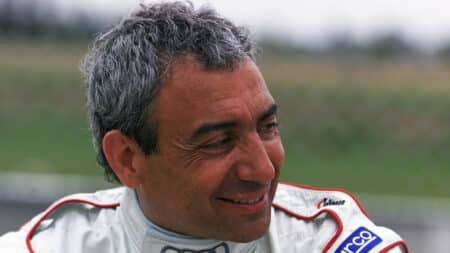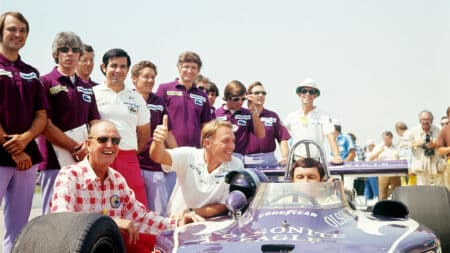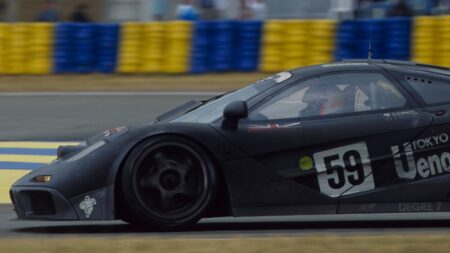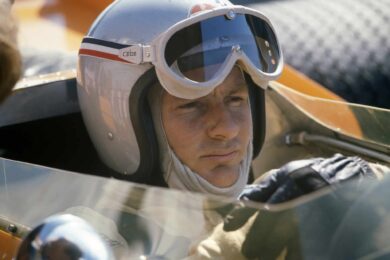The LSR at this time belonged to Capt (later Sir) Malcolm Campbell at 174.883mph, and Coatalen knew greater power was needed to overcome wind resistance at an even higher speed. He then recalled how two 435hp V12 Sunbeam Matabele aero-engines had been sent back to Wolverhampton having been salvaged from the 80mph racing motor-boat ‘Maple Leaf VII’.
He ordered these be readied for installation in the giant Sunbeam. They were too bulky to be accommodated side-by-side, so Coatalen put one in front and one behind the cockpit of his latest LSR car. The chassis was a quite simple affair, with half-elliptic springs front and back. Standing up to nearly 900hp might have stressed a normal back axle, so Coatalen used final drive by chains and sprockets, despite all Sunbeam racing cars since 1910 having employed shaft drive.
So the ‘200’ Sunbeam took form at the Wolverhampton Moorfield factory. The two 60-degree V12 four-ohc 120x160mm engines between them gave a capacity of 44,888cc, had 96 valves, 48 KLG sparking-plugs, eight BTH magnetos, four Claudel Hobson carburettors and three radiators. The car, 23 1/2ft long, had an all-enveloping body tested in Vickers’ wind tunnel, and was geared to do 74, 139 and 212mph on its three speeds. It weighed 3 tons 16 cwt and consumed a gallon per minute.

Car is wheeled out at the Wolverhampton works
Getty Images
Had Segrave thought it possible to extend the car on a British beach, sponsors might have been more generous. But Southport and Pendine were unsuitable, as he would require 4 1/2 miles of run-in to the timed kilometre, mile and five kilometre distances and a further 4 1/2 miles in which to pull up. He opted for the 20 mile beach at Daytona, USA.
On the Moorfields test-rig, the car made the whole building shake, the wheels were semi-visible discs, the chains became red hot. The roar from the 24 exhaust stubs was shattering, yet this was not on full power. De Hane admitted: “It was a little unnerving that I was to drive it, control it, unleash all its potentialities.”




